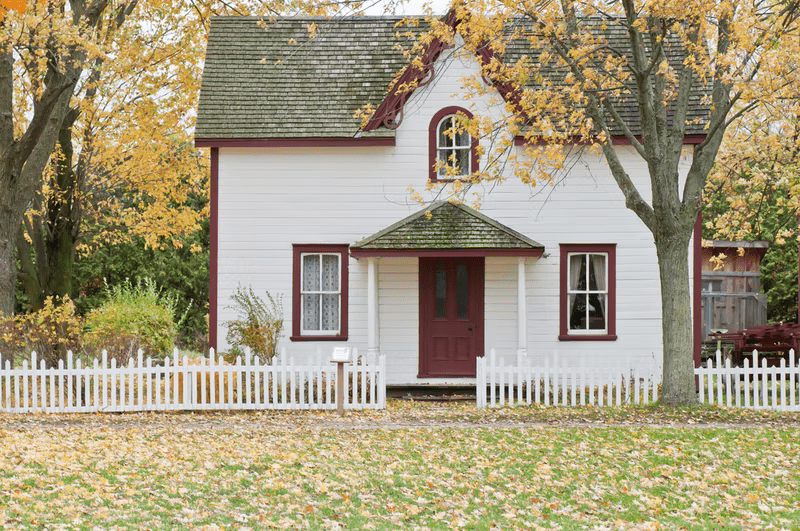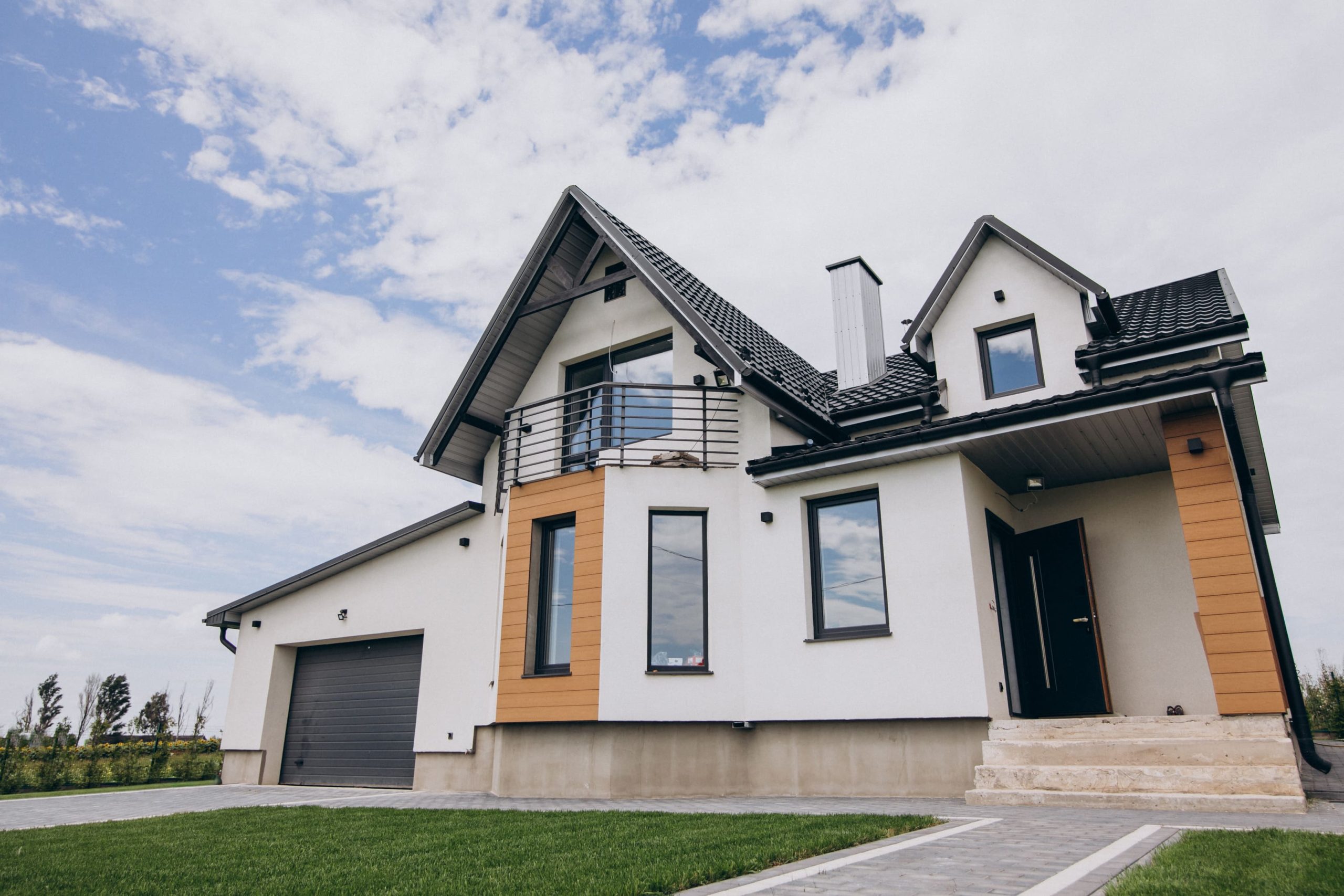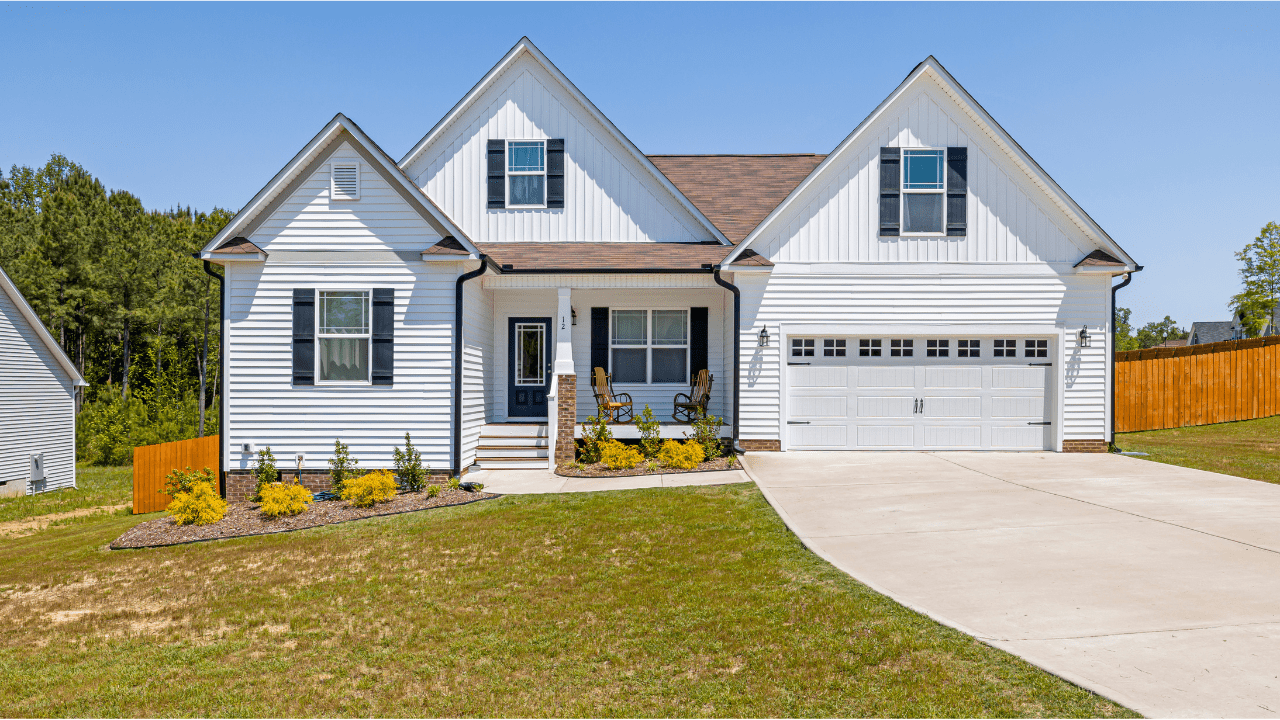Being in the market for a new home can be overwhelming. You have your list of must- haves, ideal location, and price range but you can rarely get all three categories without making a sacrifice. Instead of getting freshly built homes, homeowners are starting to see the light at the end of the tunnel by buying older homes for less and taking on renovations themselves. This new trend has made a huge impact on homeowners across the nation.
While the idea seems great, restoring older homes does still have its challenges because you want to still stay on budget. There are a few financing options that will help you turn your historic home into your dream home.
What Makes a Home Historic?
Oftentimes when you think of the word historic you may think back to something that has been around for years. To be considered a historic home there are three factors to be considered: Integrity, age, and significance. Even if the home is older and seems to need preservation it has to meet the criteria of the National Park Serve (NPS). Currently, there are over 95,000 properties listed on the National Register of Historic Places.
Ask yourself does the home still look the same as it did when it was first built? If the answer is a yes, it passes the criteria for integrity. Now focusing on the age, was the property built more than 50 years ago? If yes, it passes the ID check. Also, determine if the home is historic by the properties associated with people, events, or other factors that were historically significant.
Financing Options for Restoring Historic Homes
Grants for Historic Homes
One of the reasons that homebuyers go for a historic home is to stay within their budget. When it comes to the renovations needed, permits that have to be signed, and contractors that need to be hired, you may realize your project is more expensive than originally planned.
To stay within your means, try applying for federal and organizational grants to finance your historic home. There are also grants that each state offers specifically for its residents. Here are some available grants:
- Historic Preservation Fund
- Save America’s Treasures Grant
- Kinsman Foundation Historic Preservation Grant
- Semiquincentennial Grant Program
- Housing Preservation Grants
Loans for Historic homes
Another way to help finance your historic preservation is by taking out a loan. If you aren’t able to qualify for any grants, there are loans available that can help. With loans be sure to know all the requirements and that you are eligible. Here are a few loans you can look into:
- 203(K) Rehabilitation Loan
- Fannie Mae HomeStyle Loan
- Section 108 Loan Guarantee Program
- Title 1 Property Improvement Loan
- Single-Family Housing Repair Loan
- Rural Housing Repair Loan
Tax Breaks
There are also tax credit options available to help with the finance of your historic home. Another point about taxes is they can be something to fall back on once you have completed your home restoration. Here are a few tax credit options:
- Federal Historic Rehabilitation Tax Credit (HTC)
- Historic Preservation Office by State
- Historic Property Easement
- Preservation Easement
Other Financing Options
There are other financing options depending on certain circumstances that could be used to finance your historic remodel. These other financing options include:
- Museum Assessment Program
- First-Time Home Buyer Loans
- State-specific Loans and Grants
Protecting your Historic Home
You can never be too prepared when it comes to protecting your historic remodel. That’s why it is best to have home insurance to protect older homes from natural wear and tear that could happen over time.
Think outside the box next time you are in the home buyer’s market, you may find a historic home that’s just right for you.




